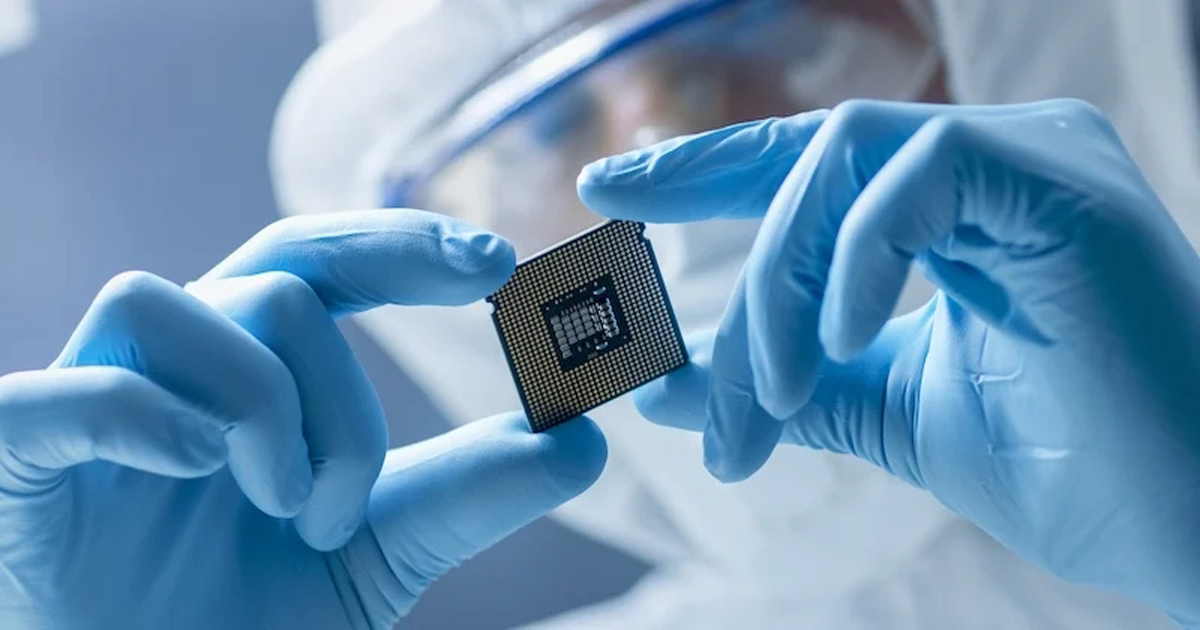As automotive designs grow more complex, they are requiring a greater quantity and quality of timing ICs. Addressing those engineering needs, this week SiTime announced a new family of automotive oscillators for this market.
The company says that its new SiT1623/25 automotive-grade oscillators were designed to meet the needs for next-gen advanced driver assistance systems (ADAS), infotainment, and car-to-home wireless connections..
In this article, we examine the needs that these new chips fill, we explore the key features and specs of the devices, and we share insights from our interview with Piyush Sevalia, executive vice president of marketing at SiTime.
More and More Timing ICs in Cars
Timing ICs have long been critical to automotive electronics, but the sheer number of them required per car keeps growing. According to Sevalia, in 2018 vehicles embedded up to 20 timing chips. Today’s cars have up to 60 timing chips, and that number will grow to 100 timing chips by 2026, he says. What’s driving this is that the computing muscle and connectivity requirements for automotive electronics keeps growing.

Car designs today are getting more complex with a variety of applications requiring an increasing number of timing ICs.
As shown in the diagram above, today’s cars have multiple applications, increasing the timing IC content needed. “In a car you see all these different applications that are there, and of course they were not there five years ago,” says Sevalia.
“Some of them are new, like the new more advanced key fob electronics, others like smart mirrors and cameras have been around for a while,” he says. “Domain controllers are changing as car designs re-architect toward zonal architecture. There’s a lot of innovation going in these designs, and they all rely on timing ICs.”
Sevalia says the SiT1623/25 oscillators can be used as a timing reference for a variety of automotive connectivity protocols, including SerDes and automotive Ethernet. These are used to provide high-speed, in-car connectivity from moving data between sensors, displays, and domain/zonal processors in the car.
Four Challenges in Automotive Timing
Aside from simply more timing ICs needed, there are four unique challenges in automotive timing, and the SiT1623/25 is aimed at those needs, says Sevalia. These are jitter, power consumption, reliability, and stability.

The SiT1623/25 ICs are designed to meet four challenges common in automotive timing: jitter, power consumption, reliability, and stability.
In terms of jitter, the new devices offer specs of 500 and 750 fs RMS phase jitter for SiT1625 and SiT1623, respectively. That’s 50% less than SiTime’s previous generation of chips. For stability, the ICs +/-50ppm over the full -40ºC to 125ºC temperature range.
For reliability specs, the devices boast a MTBF of 2 billion hours. And finally, at 1.8 mA operating and 1 µA standby, the power consumption is 50% of the previous generation devices.
The two devices offer flexible frequency options in order to meet different application needs within automotive designs. The SiT1623 supports 9 commonly used frequencies between 8 MHz and 50 MHz. Meanwhile, the SiT1625 supports 12 commonly used frequencies between 8 MHz and 100 MHz. More information is available in the datasheets for the SiT1623 and the SiT1625.
A Straightforward Device Architecture
As the diagram below shows, the device architecture of the SiT1623/25 ICs is pretty straightforward, according to Sevalia. “There's an internal MEMS resonator, which is sealed within the MEMS die,” he says. “Then there’s the PLL, oscillator, and dividers, all built on a CMOS analog chip. That’s all contained in a tiny 1.6 mm × 1.2 mm 4-pin QFN package.”

The SiT1623/25 consists of a MEMS resonator, a PLL, an oscillator, and dividers.
Importantly, the packaging used is from standard available semiconductor infrastructure. This is in contrast to competitors that use ceramic packages from a single fab, says Sevalia. “We are in two TSMC fabs—one is in Taiwan and one is in North America. We give customers a diversity of supply so that they are never going to go offline with this stuff,” he says.
SiTime says that engineering samples of the SiT1623/25 ICs are available now for qualified customers, with general sampling available in July 2023. The devices are planned for volume production in early 2024.


.jpg)
